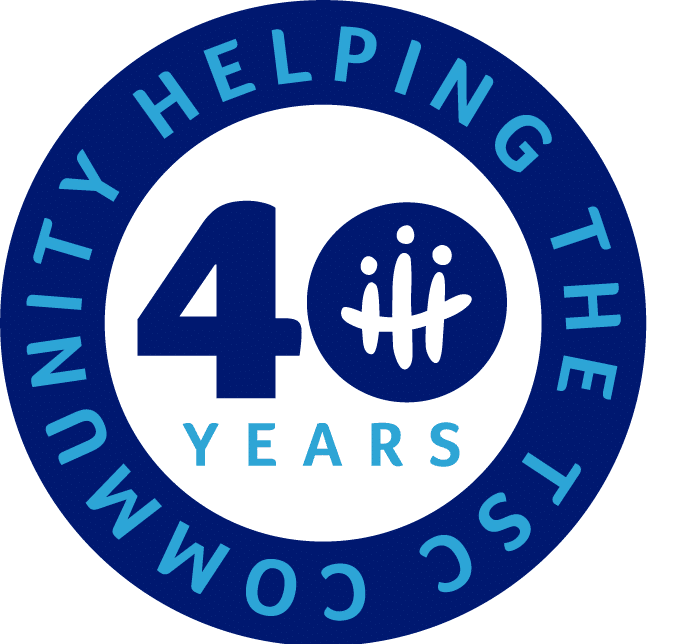Updated International Guidelines for TSC
About this paper
The international guidelines provide the ‘gold standard’ for TSC diagnosis, surveillance and management. These are the first significant updates since 2013 and reflect advances in knowledge and approvals of new therapies.
What was the process used to update the International Guidelines?
The changes were crafted and agreed to by a working group of 80 participants from 16 countries. The group was led by Dr Darcy A. Krueger of Cincinnati Children’s Hospital Medical Center and Dr Hope Northrup of McGovern Medical School, University of Texas Health Science Center in Houston. The literature on TSC from 2013 was reviewed and previous recommendations were either confirmed or amended. New recommendations based on updated knowledge or changes in practice were added.
What were the changes?
The most significant changes to the evaluation, surveillance and treatment criteria include:
- During infancy, families should be provided with education on recognising not only infantile spasms, but also focal seizures.
- Increased emphasis on early screening for EEG abnormalities which could indicate impending epilepsy and a higher risk for poorer developmental outcomes. Early screening will help prevent the most impactful aspects of TSC instead of waiting to treat them after they occur.
- Increased understanding of TAND and the need to identify and address issues to enable appropriate support. The concept of TAND was born at the 2012 TSC Consensus Conference. The updated guidelines reflect current understanding of the importance of accurately and urgently dealing with TAND and providing support to families including education and training to ensure that families know what to look out for across the lifespan.
- Practical guidance for the use of mTOR inhibitors in patients with TSC.
- Consideration of cannabidiol for seizure management in TSC.
- Involving patients and their families in treatment decision making.
The guidelines also emphasise the need for greater access to specialised TSC ?? and comprehensive, coordinated care to improve care for people with TSC, particularly in enabling transition from the paediatric to the adult setting.
There were only two changes to the clinical diagnostic criteria which now include 11 major features and 7 minor features.
Conclusions
New clinical studies and drug approvals will continue to change our understanding of TSC treatment and management. As they do so, it is critical that the international guidelines evolve to guide both clinicians and people affected by TSC as to the most appropriate surveillance and management.
Knowledge of the guidelines is vitally important. They should be implemented and adhered to whenever possible to ensure the best possible care for people with TSC and their families.
Northrup, H., Aronow, M. E., Bebin, E. M., Bissler, J., Darling, T. N., de Vries, P. J., … & Young, L. (2021). Updated International Tuberous Sclerosis Complex Diagnostic Criteria and Surveillance and Management Recommendations. Pediatric Neurology, 123, 50-66.
The full text of the paper is available at: https://www.pedneur.com/article/S0887-8994(21)00151-X/fulltext
Note: TSA is in the process of updating its website and resources to reflect changes in the updated guidelines.
DISCLAIMER
This information is intended to provide some insights into recent TSC-related research. It is not intended to, and it should not, constitute medical or other advice. Readers are warned not to take any action without first seeking medical advice.

